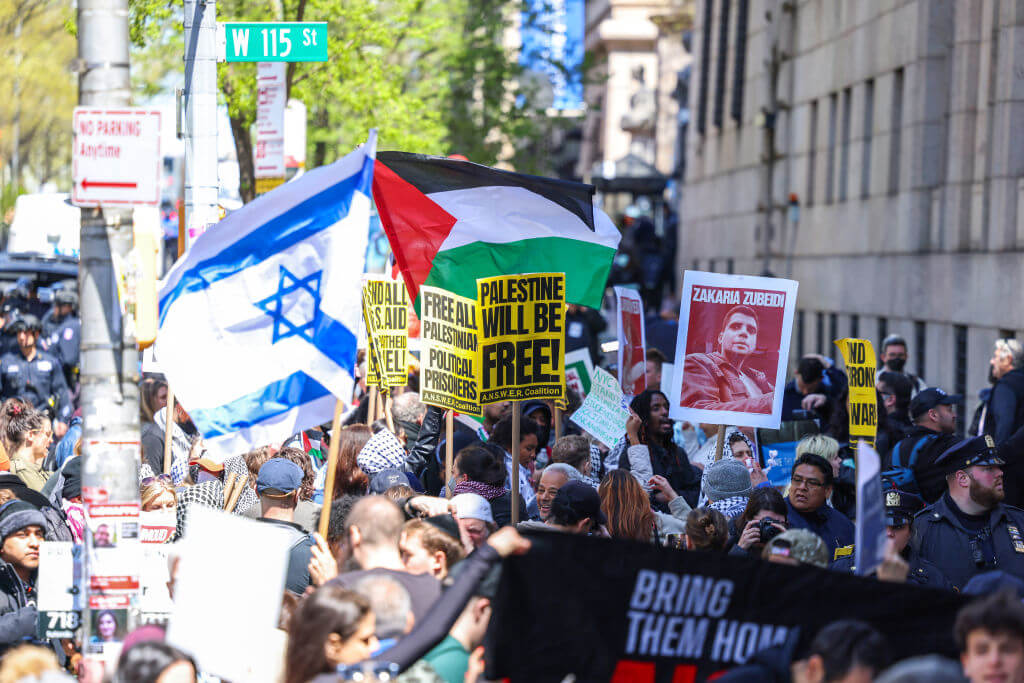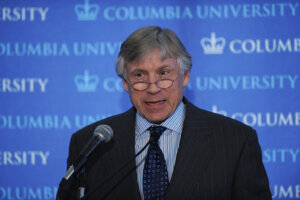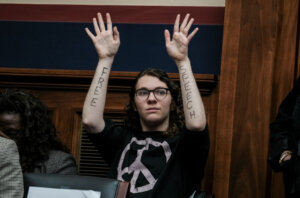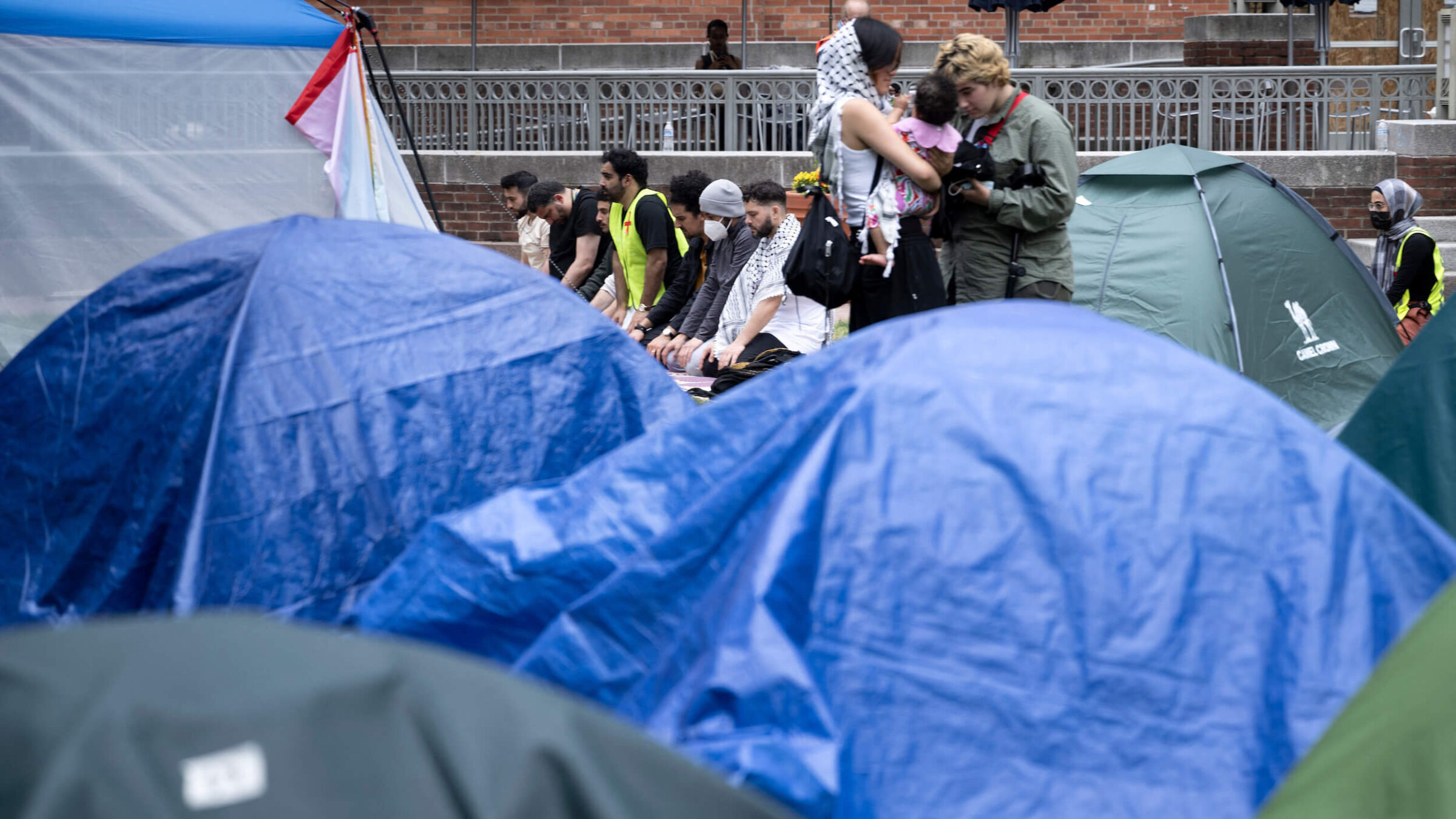Senate confirms nominees from Arizona and California, adding two more women to a group far more diverse than those appointed by past presidents
By Tobi Raji
Updated May 22, 2024
The Senate on Wednesday confirmed two women of color as President Biden’s 200th and 201st judicial nominees, a significant milestone for Democratic and White House efforts to diversify and remake a federal court system that grew increasingly conservative under President Donald Trump.
Magistrate Judge Angela Martinez, a Latina who previously served as an assistant U.S. attorney, was approved to become a federal judge in the District of Arizona in a 66-28 vote, with 45 Democrats, three independents and 18 Republicans supporting her nomination.
Dena M. Coggins, who is Black and Asian American, was confirmed as a federal judge in the Eastern District of California, 50-44, with yes votes from 46 Democrats, two independents and two Republicans.
Together they bring additional ethnic and gender diversity to a cohort of judges nominated by Biden that even before Wednesday included more women, people of color and LGBTQ individuals than those nominated by any other president in U.S. history.
“Judges matter. These men and women have the power to uphold basic rights or to roll them back,” Biden said in a statement following the vote to confirm Martinez. “They hear cases that decide whether women have the freedom to make their own reproductive healthcare decisions; whether Americans have the freedom to cast their ballots; whether workers have the freedom to unionize and make a living wage for their families; and whether children have the freedom to breathe clean air and drink clean water.”
Biden’s diversity record on federal judges

How do President Biden and President Donald Trump compare on the judges they’ve appointed to the federal bench?
More than four years have passed since Biden promised to appoint judges who reflect the diversity of the United States as part of his presidential campaign’s pitch to Black voters. Since then, the Senate has confirmed 200 of his judicial nominees.
They include Judges Zahid N. Quraishi, the first Muslim to sit on a federal district bench; Nusrat Choudhury, the first Muslim woman to serve as federal judge; Nancy Abudu, the first Black woman to serve on the U.S. Court of Appeals for the 11th Circuit; Sara Hill, a member of Cherokee Nation and Oklahoma’s first Native American federal judge; Irma Carrillo Ramirez, the daughter of Mexican immigrants and the first Latina judge on the U.S. Court of Appeals for the 5th Circuit; Jerry Edwards, first Black federal judge in the Western District of Louisiana; and Amanda Brailsford, the first woman to serve as district court judge in Idaho.
Biden’s barrier-breaking nominees also include Supreme Court Justice Ketanji Brown Jackson, the first Black woman to sit on the nation’s highest court.
“I’m very proud to be one of Biden’s many nominations of women and people of color,” U.S. District Judge Susan DeClercq, the first federal judge of East Asian descent in Michigan, said in an interview. “I think that we need a lot more administrations like that to make up for the years and decades where women and people of color were definitely not represented.”
Biden’s push to remake the federal judiciary extends far beyond racial and gender lines. He has nominated a several judges who come from diverse professional backgrounds such as civil rights lawyers, labor lawyers and public defenders, as well as those who are openly LGBTQ. Judge Beth Robinson, for example, is the first openly gay woman to serve on any federal appeals court, and Nicole G. Berner is the first openly gay judge and first labor lawyer on the U.S. Court of Appeals for the 4th Circuit.
In an emailed statement, Berner cited the importance of bringing her experience as an openly gay person, as well as “a professional background representing workers and their unions” to the federal bench.
“A court comprised of judges with a broad range of professional and personal backgrounds is better equipped to delve deeply into the variety of cases that come before them,” her email said.
Maya Wiley, who heads the Leadership Conference on Civil and Human Rights, a coalition of more than 200 groups, echoed the idea that it was crucial for the federal bench to include groups that have long been underrepresented.
“For decades, we’ve made it clear: Civil rights lawyers, public defenders, and other lawyers from diverse professional backgrounds belong on the federal bench,” Wiley said in a statement. “And already, many of these fair-minded judges have played key roles in bringing justice to people across the country.”
Only 13 percent of Biden’s judicial picks have been White men, according to a Washington Post analysis of self-reported race and ethnicity data from the Federal Judicial Center.
By contrast, Trump’s nominees were predominantly White and male. Eighty-four percent of Trump’s judicial picks were White and 76 percent were men, according to the analysis. The former president did not name a single Black judge to any U.S. appeals court.
DeClercq said it’s important to have a diverse federal judiciary that is reflective of the country because it adds perspective when hearing cases.
“In the judiciary in particular, we are called upon to neutrally decide cases that come before us, and the cases that come before us come from all the corners of our community, from businesses, from schools, from people — from individual people — from prisoners,” DeClercq said. “I think that if you don’t have some diversity of perspective and experience, you’re not the best person [for the job].”
She described in the interview how she became interested in a legal career as young girl after watching attorneys work through her parents’ divorce, eventually becoming a civil rights lawyer.
“I’m certainly very proud to be the first East Asian judge on this bench. But what I’m also very proud of is, I am also a naturalized citizen who was on this bench and I’m also the daughter of a disabled single mom who’s on this bench," she said. "And so I think, again, diversity goes beyond simply race and gender. And I think that all of those things will help me in this job and will make me a better judge.”
Trump also significantly reshaped the federal judiciary during his term in office by filling 237 vacancies, including three on the Supreme Court. It is unlikely that Biden — himself a former chair of the Senate Judiciary Committee — will exceed Trump’s confirmations before the end of the year, committee Chairman Dick Durbin (D-Ill.) told reporters Wednesday afternoon.
There are 22 nominees pending in the Senate, according to data compiled by the American Constitution Society. Of those, 10 are waiting for a vote by the full Senate. Senate Democrats would need to work at breakneck speed to confirm all 22 nominees, plus the additional 14 needed to tie Trump’s total.
CORRECTION
An earlier version of this article incorrectly said President Donald Trump set a record for judicial appointees in a single term. The article has been corrected.

By Tobi RajiTobi Raji covers the federal judiciary and the Supreme Court as a part of The Washington Post's Opportunity Program. She was previously a researcher for The Early 202, a pre-dawn newsletter about the nation’s major power centers, including the White House, Congress and the Supreme Court. She joined The Post in 2021. Twitter












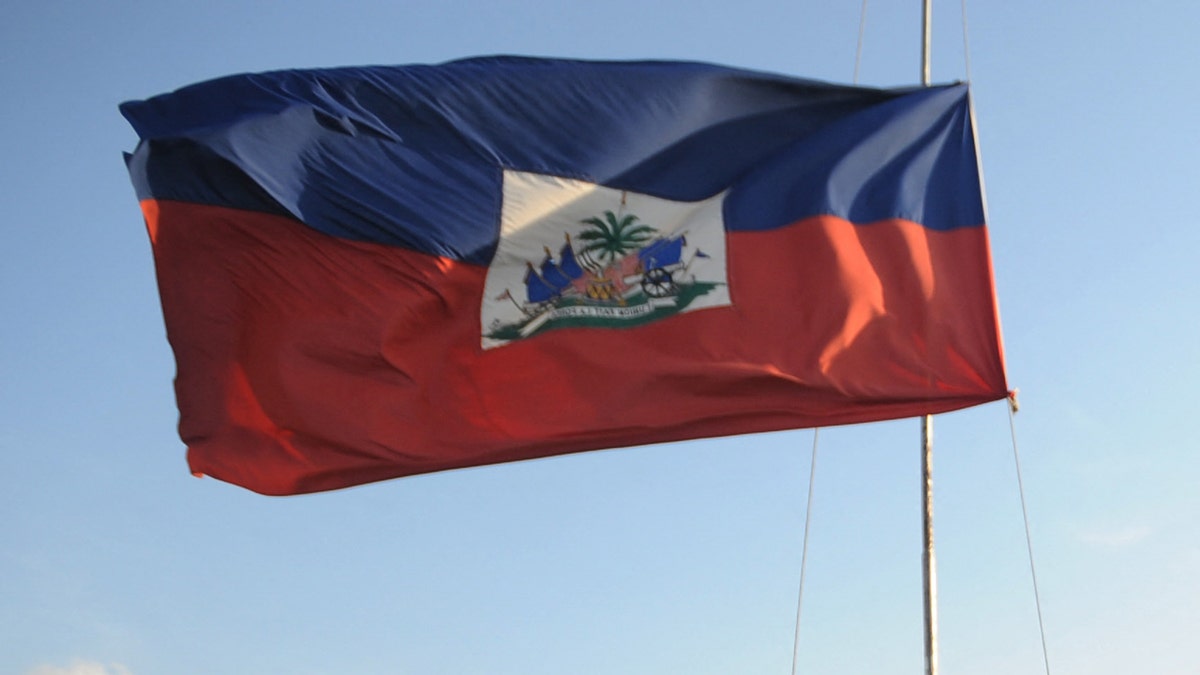
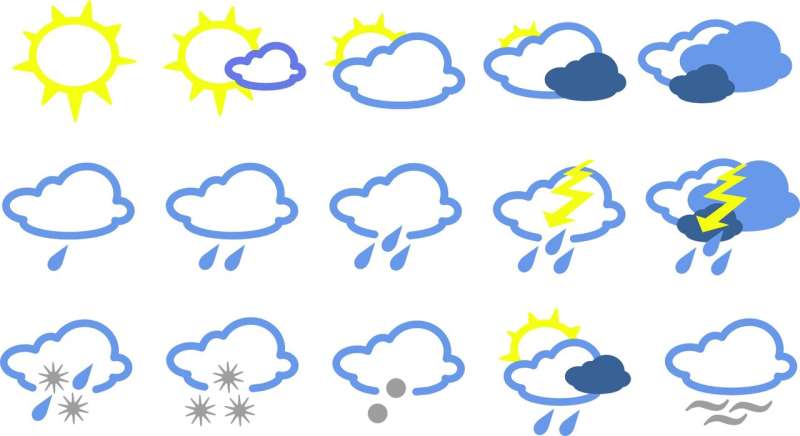


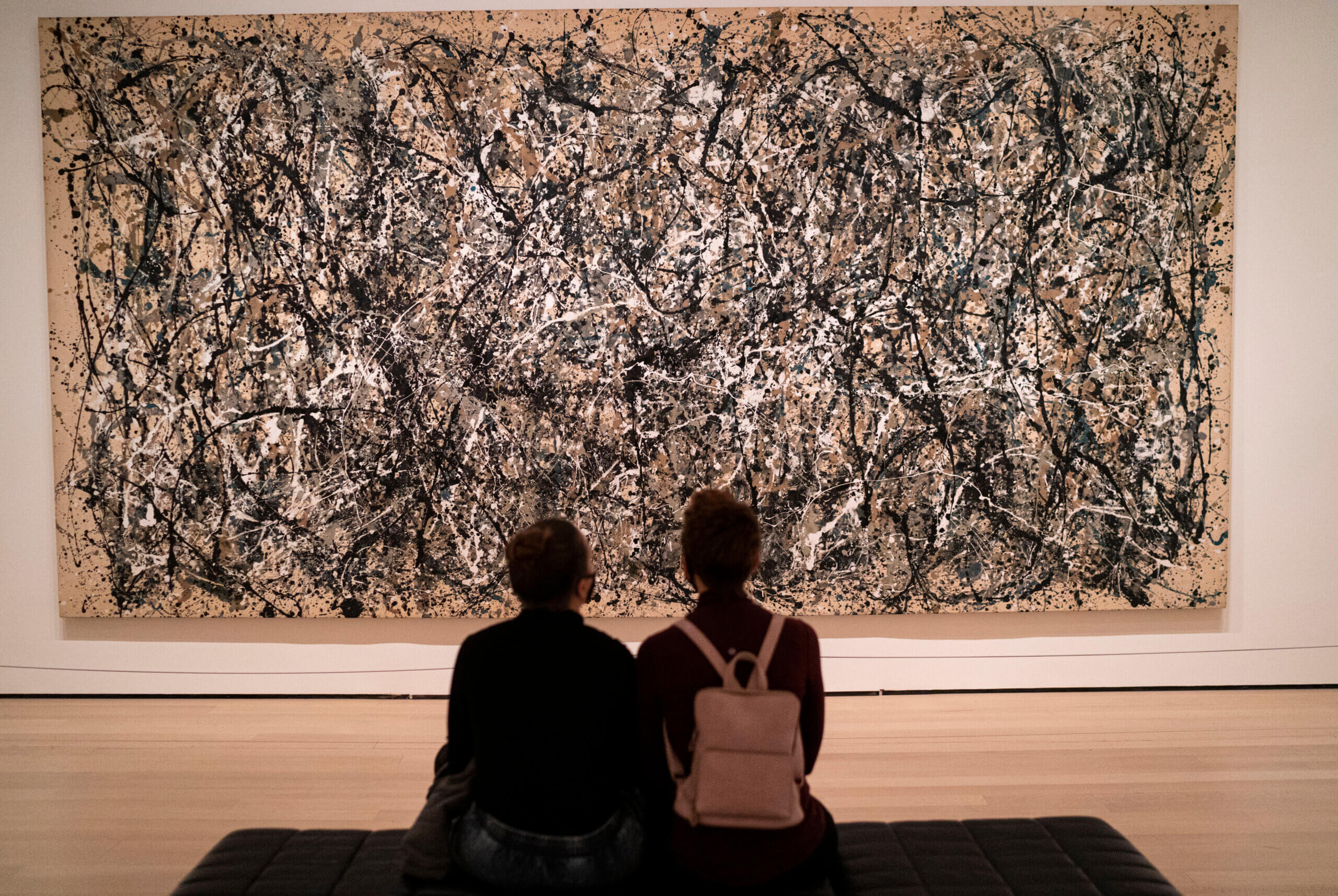 Jackson Pollock’s One: Number 31, 1950. Courtesy of Getty Images
Jackson Pollock’s One: Number 31, 1950. Courtesy of Getty Images

